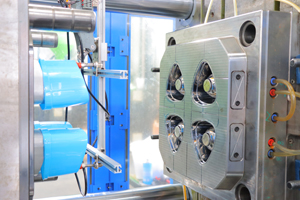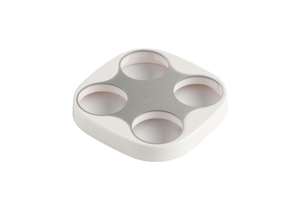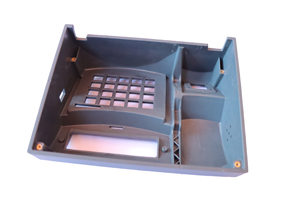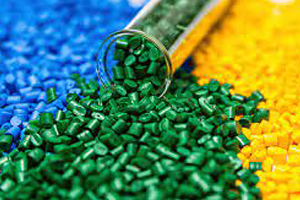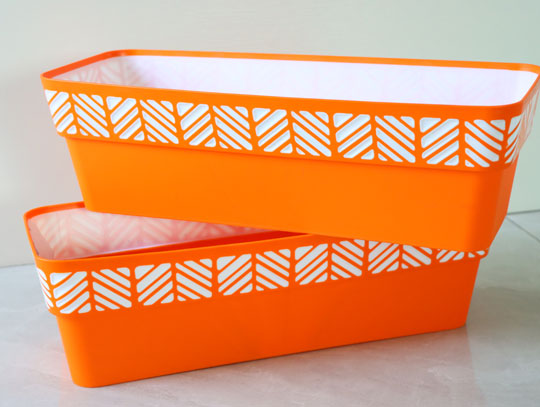Ever wondered how those intricate plastic parts in your gadgets, cars, and toys are made? The answer lies in injection moulding, a manufacturing marvel that brings complex designs to life with precision and efficiency. Whether you’re an industry professional or just curious about the process, understanding how injection moulding works can give you a deeper appreciation of the everyday objects around you.
What is Injection Moulding?
Injection moulding is a manufacturing process used to produce parts by injecting molten material into a mould. It’s one of the most commonly used methods for mass-producing plastic items. Materials like thermoplastics, thermosetting polymers, and metals can be used in this process, but plastics dominate the field due to their versatility and cost-effectiveness.
Types of Injection Moulding
Standard Injection Moulding
This is the most common type, where molten material is injected into a mould to form a part. It’s used for producing a wide range of products, from automotive components to household items.
Overmoulding
Overmoulding involves molding a layer of material over an already existing part, often to create a multi-material product or to add features like grip or color differentiation.
Insert Moulding
In insert moulding, a pre-fabricated component is placed into the mould, and the molten material is injected around it. This technique is used to embed metal parts within plastic components.
Step-by-Step Injection Moulding Process
Step 1: Mold Preparation
Designing the Mold: The first step is designing a precise mould that defines the shape of the final product. This involves computer-aided design (CAD) software and thorough testing to ensure accuracy.
Manufacturing the Mold: Once the design is finalized, the mould is manufactured from materials like steel or aluminum. The quality of the mould is crucial for the final product's precision and durability.
Step 2: Material Selection and Preparation
Choosing the Right Material: Selecting the appropriate material depends on the product’s requirements, such as strength, flexibility, and thermal resistance.
Preparing the Material: The raw material, usually in pellet form, must be properly dried and pre-processed to remove moisture and ensure uniformity before melting.
Step 3: Melting the Material
Heating the Material: The prepared pellets are fed into a heated barrel where they melt. The temperature must be meticulously controlled to maintain the material’s properties.
Maintaining the Correct Temperature: Consistency in temperature is vital for producing defect-free parts. The temperature varies depending on the material used.
Step 4: Injection of the Material
Injecting the Molten Material into the Mold: The molten material is injected into the mould cavity through a nozzle. High pressure ensures the material fills every part of the mould.
Controlling Pressure and Speed: Precise control over injection speed and pressure is essential to avoid defects and ensure the part’s integrity.
Step 5: Cooling and Solidifying
Cooling the Material in the Mold: After injection, the material must cool and solidify. The cooling rate can affect the part's quality and dimensional accuracy.
Importance of Cooling Time: Adequate cooling time is necessary to prevent warping and ensure the part maintains its shape and strength.
Step 6: Ejecting the Part
Ejecting the Solidified Part from the Mold: Once the part has solidified, it’s ejected from the mould using ejector pins or plates.
Handling and Inspection of the Part: The finished part is inspected for defects and undergoes any necessary post-processing, such as trimming or painting.
Tools and Equipment Used in Injection Moulding
Injection Moulding Machine
The heart of the process, the injection moulding machine, consists of components like the injection unit, clamping unit, and control systems. It’s designed to handle various materials and produce parts with high precision.
Molds
Molds are custom-made tools that define the shape of the final product. They are typically made from durable metals like steel to withstand high pressures and temperatures.
Auxiliary Equipment
Additional equipment such as dryers, grinders, and robots assist in material preparation and post-processing, enhancing efficiency and consistency.
Injection moulding is a fascinating and indispensable process in modern manufacturing, transforming raw materials into precise and functional products that we use every day. Its efficiency, versatility, and continuous innovations ensure that it will remain a cornerstone of manufacturing for years to come.

